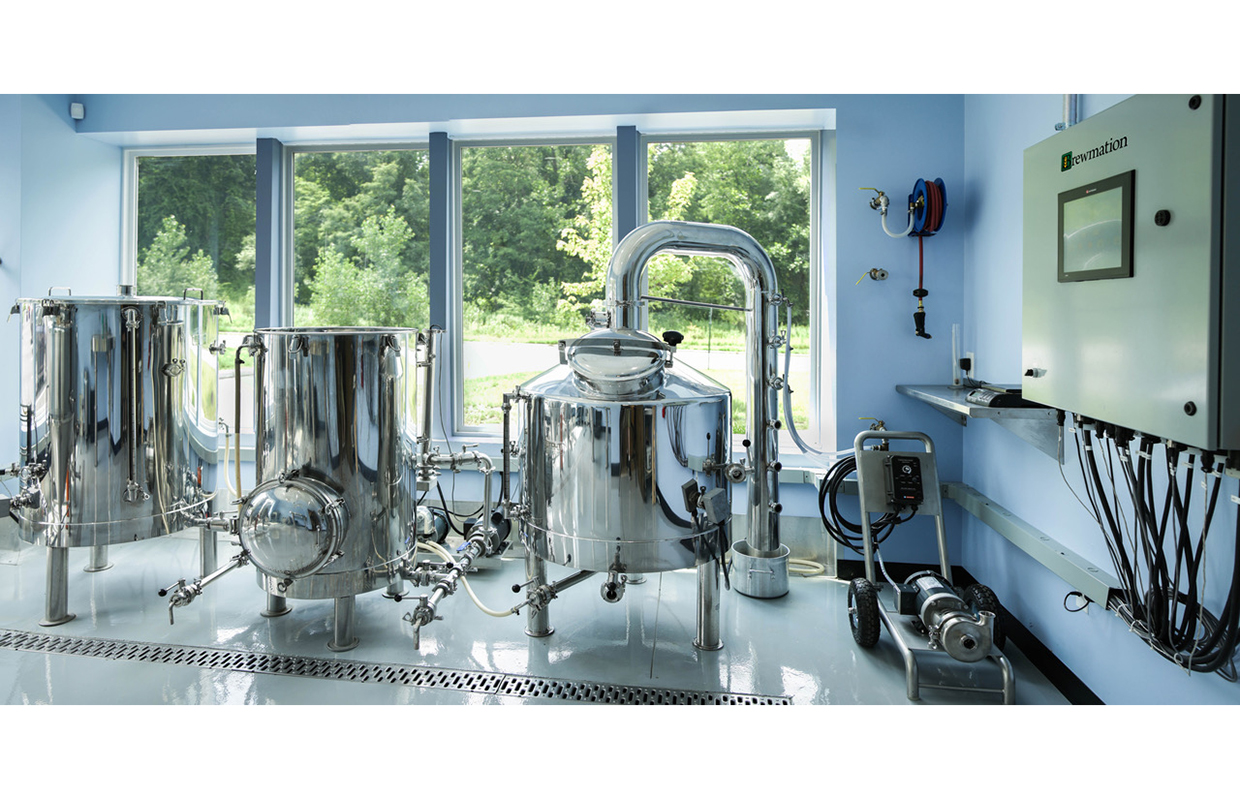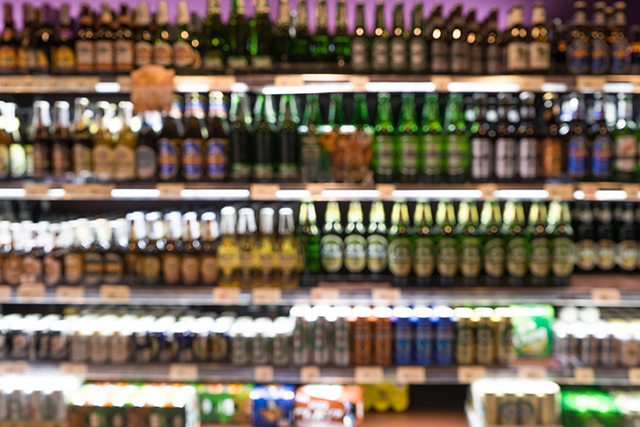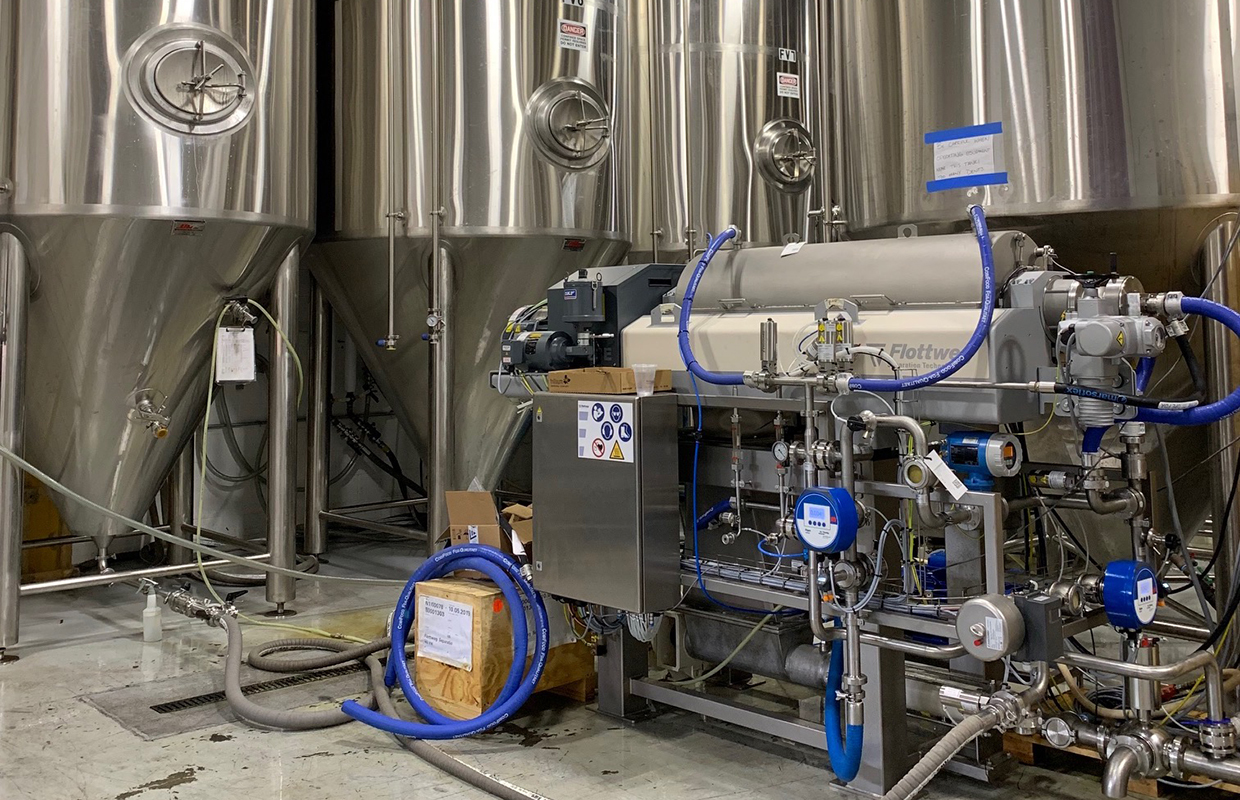
Brewing combines the art and science of crafting beer to produce flavors and styles that define your brewery. Having control over your process allows you to brew a consistent product and enables the exploration of ingredients and techniques to exercise your creativity. Just as science facilitates the art of brewing, automation facilitates the science. Here we’ll consider a few key aspects of brewing and how automation improves your process and reduces operational costs.
Strike-In & Mash
Temperature control is critical to repeatable brewing. A control loop to monitor your hot liquor temperature and regulate your heat source (heating elements, steam valves, or burner) will quickly heat the water without overshooting the target. For breweries using a CLT, automating your blending valve to mix cold water with your hot liquor allows you to keep hotter water in your HLT, increasing your hot water yield for double batching or for your CIP process.
In your mash tun, the controls will regulate pump speeds to circulate through your HERMS coil or RIMS tube, or call for steam in the case of jacketed tun, to maintain the mash temperature. With Brewmation’s Advanced Controls, a stepped mash profile becomes as easy as scheduling your rest times and temperatures, allowing you to tend to other tasks in the brewery during the mash.
Sparging
As above, automated controls can maintain the temperature of your sparge water and balance the inlet and outlet flow rates to maintain liquid level as you lauter. Whether this is done through a variable speed pump and flow meter or an Auto-Grant system is up to the brewer; both will mitigate the risk of a stuck sparge and channeling from running off too quickly. A more advanced system may incorporate pH monitoring to test conversion before filling the kettle, and adding a flow meter here ensures your pre-boil volume is sufficient to account for boil-off and hit your target volume.
Boiling & Cooling
Control over your kettle affects everything from hop utilization to boil-off rate and final gravity. Similar to the HLT, a temperature control loop in the kettle brings your wort to a boil as quickly as possible, then reduces power to maintain a rolling boil and reduce the risk of a boil-over or scorching. Timers and real-time gravity readings can inform hop additions and confirm final gravity before whirlpooling, and varying pump speeds to set the whirlpool will optimize utilization of your valuable hops and facilitate good cone formation.
To reduce both water usage and demand on your chiller during knockout, an automated system will balance the flow rates of wort and water through the plate chiller. A high temperature on the outlet will reduce the wort flow, increase water flow, or engage the glycol stage of the chiller to achieve the target pitching temperature. This also reduces time to pitch at the end of a long brew day.
Cellar Controls
Losing a batch of beer to a cellar malfunction can cost thousands in lost revenue, and the benefits of automation don’t end in the brewhouse. Integrating your controls and glycol system enables precise temperature management, tracking of fermentation trends, and stepped fermentation schedules. Brewmation’s Advanced Cellar Logic system also records every data point for each fermentation, alerting you if your temperatures exceed the high or low limits and giving you peace of mind even when you’re away from the brewery.
Automation can drive real savings in time, labor, and costs. It also enables a repeatable process, allowing the brewer to focus on doing what they love – crafting great beer. Visit Brewmation.com to learn more about how automation can help you.




Be the first to comment